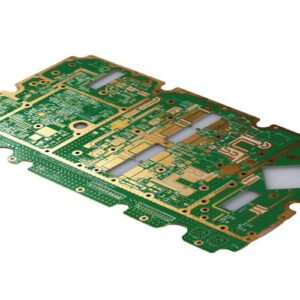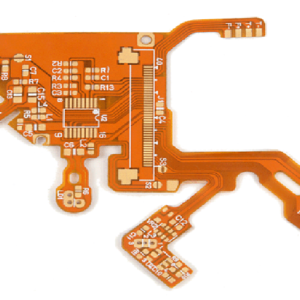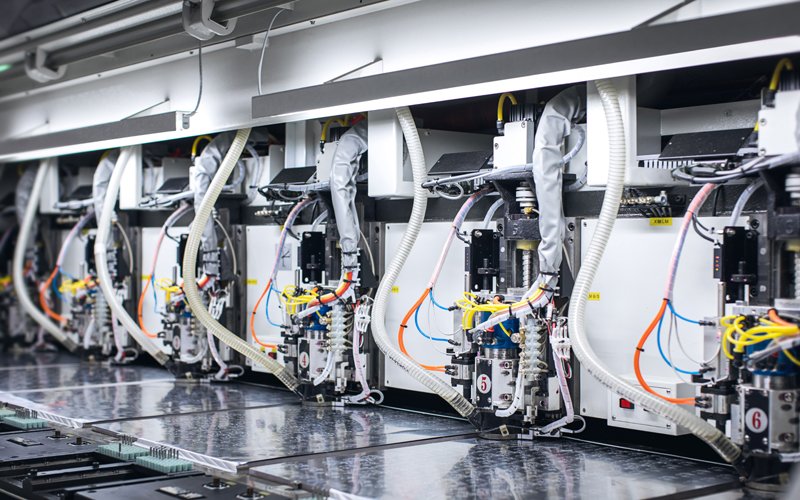Producing high-quality printed circuit boards (PCBs) is crucial to the success of any electronic device. Whether you are manufacturing PCBs for consumer electronics, automotive applications, or industrial equipment, it is essential to have a robust quality control process in place. This ensures that the final product meets the required specifications, performs reliably, and minimizes the risk of failure.
1. Define Quality Standards
The first step in ensuring quality control during the PCB production process is to define clear and specific quality standards. This includes establishing acceptable tolerances, performance criteria, and any specific requirements for the PCBs. These standards should align with industry regulations and customer expectations.
2. Conduct Supplier Audits
Choosing the right suppliers is crucial for maintaining consistent quality throughout the production process. Conducting regular supplier audits helps evaluate their capabilities, quality management systems, and adherence to industry standards. It is important to work with suppliers who have a proven track record of delivering high-quality materials and components.
3. Implement Design for Manufacturability (DFM) Guidelines
Design for Manufacturability (DFM) is a set of guidelines that optimize PCB designs for efficient and cost-effective manufacturing. By following DFM principles, you can minimize the risk of errors, reduce manufacturing time, and improve overall quality. DFM guidelines focus on factors such as component placement, trace routing, and design for assembly.
4. Conduct Design Reviews
Regular design reviews are essential to identify and address any potential issues early in the production process. These reviews involve cross-functional teams, including design engineers, manufacturing engineers, and quality control personnel. By reviewing the design before production, you can identify and resolve any design-related issues that could impact the quality of the final product.
5. Implement Process Control Measures
Implementing process control measures ensures consistency and reliability throughout the PCB production process. This includes monitoring critical process parameters, such as temperature, humidity, and equipment calibration. By maintaining tight control over these parameters, you can minimize variations and ensure that each PCB produced meets the required specifications.
6. Perform In-process Inspections
In-process inspections are conducted at various stages of the PCB production process to identify and address any potential quality issues. These inspections may include visual inspections, automated optical inspections (AOI), or electrical testing. By catching and correcting any defects early on, you can prevent the production of faulty PCBs and minimize the risk of failure.
7. Conduct Final Quality Inspections
Before the PCBs are shipped to customers or used in assembly, it is crucial to perform final quality inspections. These inspections ensure that the finished PCBs meet all the specified requirements and are free from any defects. Final quality inspections may include functional testing, electrical testing, and visual inspections to verify the integrity of the PCBs.
8. Implement Continuous Improvement Practices
Quality control is an ongoing process, and it is important to continually improve and refine your PCB production processes. Implementing continuous improvement practices, such as Six Sigma or Lean Manufacturing, can help identify areas for improvement and optimize the overall quality control process. By constantly striving for excellence, you can enhance the quality of your PCBs and increase customer satisfaction.
Conclusion
Ensuring quality control during the PCB production process is essential for delivering reliable and high-performing electronic devices. By defining clear quality standards, working with reputable suppliers, implementing DFM guidelines, conducting design and in-process inspections, and performing final quality inspections, you can minimize the risk of defects and failures. Additionally, continuous improvement practices help optimize the quality control process and drive overall excellence. By prioritizing quality at every stage of the PCB production process, you can meet customer expectations, reduce costs, and enhance the reputation of your products.




